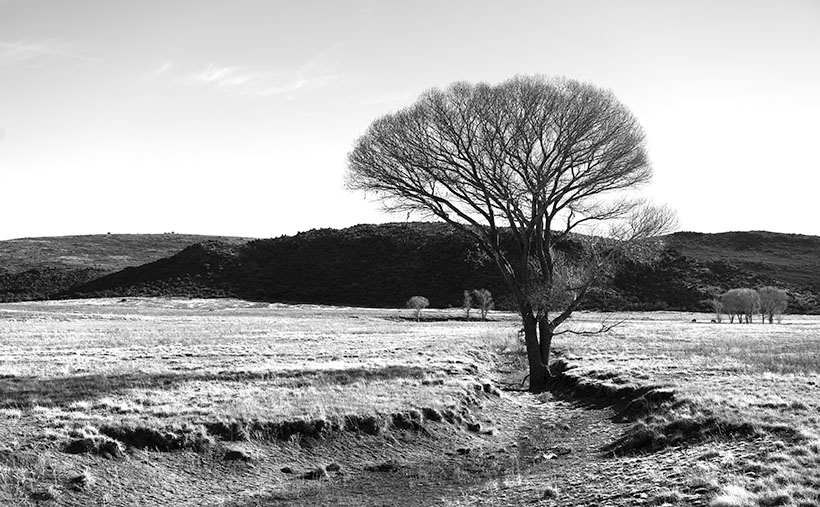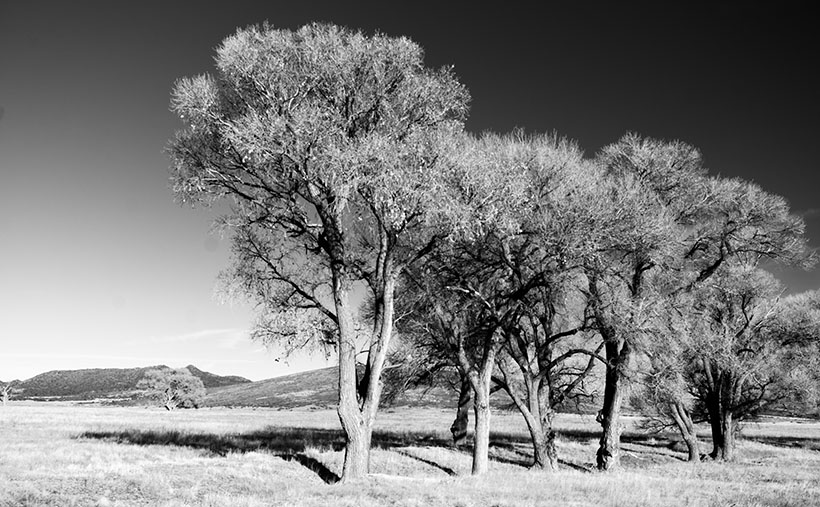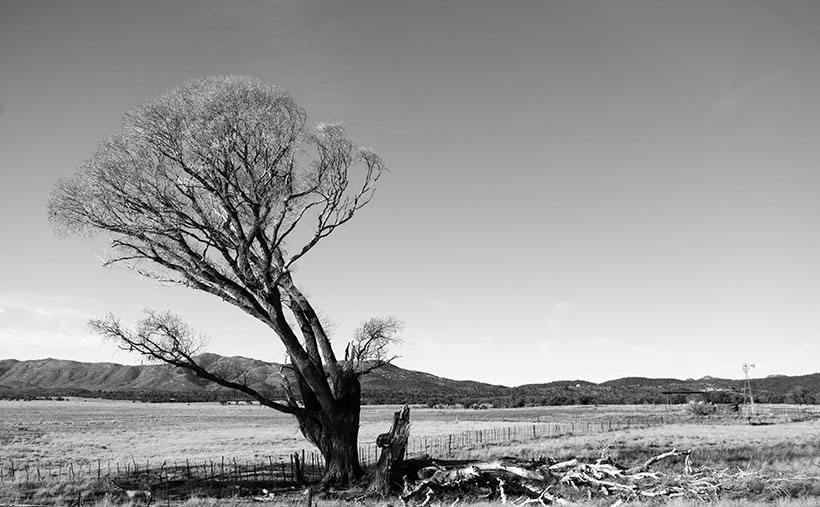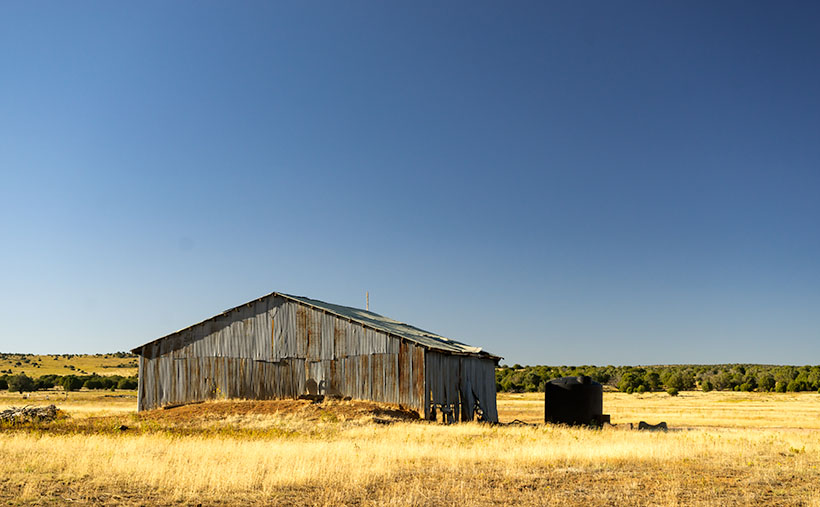Are you a punctual person, or are you chronically tardy? Our house is split evenly. Queen Anne always manages to be 15 minutes late. Even if I try to compensate by giving her a false time that we should leave to get somewhere, she somehow knows and still isn’t ready on time. One phrase that you will never hear from her is, “Sorry, I’m early.” That is a novel concept to her. It drives me crazy, and she knows it. But then she speaks to me in her low, breathy voice and circles her finger around my remaining chest hair, and then I remember why I love her so much. She’s a good cook—well, she cooks a mean bowl of cereal.
A reason that I’m writing about punctuality is that this year’s monsoons have finally shown up to the party—six-weeks late. One thing that makes Arizona summers bearable is watching majestic thunderheads build up over the mountains in the day and then enjoying the evening thunderstorms from the porch. When the summer rains arrive, they break the extreme June and early July temperatures by about ten degrees. This year, our first rain didn’t come until last week, so it stayed hot through July and August. We had 50 days of temperatures above 115º, a new record. June, July, and probably August will go down as the hottest recorded, and without the refreshing rain, brush fires have plagued the state. The smoke from California and Arizona fires has added to this summer’s miserable conditions.
Things changed last week. Between the gulf flow shifting west and a tropical depression off the coast of Baja, there are pretty clouds in the sky, and the temperatures have dropped—the last couple of days have been under the century mark. As I write and look out my office window, I can see cumulus clouds building towers over the Weaver Range. Maybe we’ll have rain again tonight. I think I’ll go to the car wash and improve our chances.
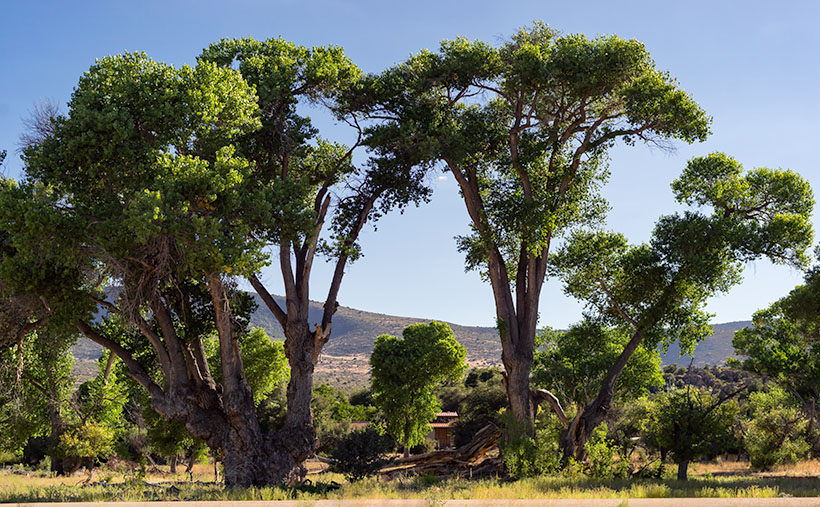
Looking back at the photographs from this month’s portfolio, I wonder how different they might have been, had the skies been more dramatic. Take this week’s featured image; for example—the treetops stand in for clouds. Had the sky been brimming with fluffy cumulus clouds above Baldy Mountain, would I have seen the scene differently? I can visualize that image being less about giant cottonwoods along a rancher’s fence line and more about the mountain in the background. In any case, I have to work within the given conditions, and so I took this week’s photo—called Front Yard Trees—as it was then.
You can see a larger version of Front Yard Trees on its Web Page by clicking here. Next week we’ll begin a new adventure out along another Arizona road, so come back and find out where the trail leads us.
Until next time — jw

